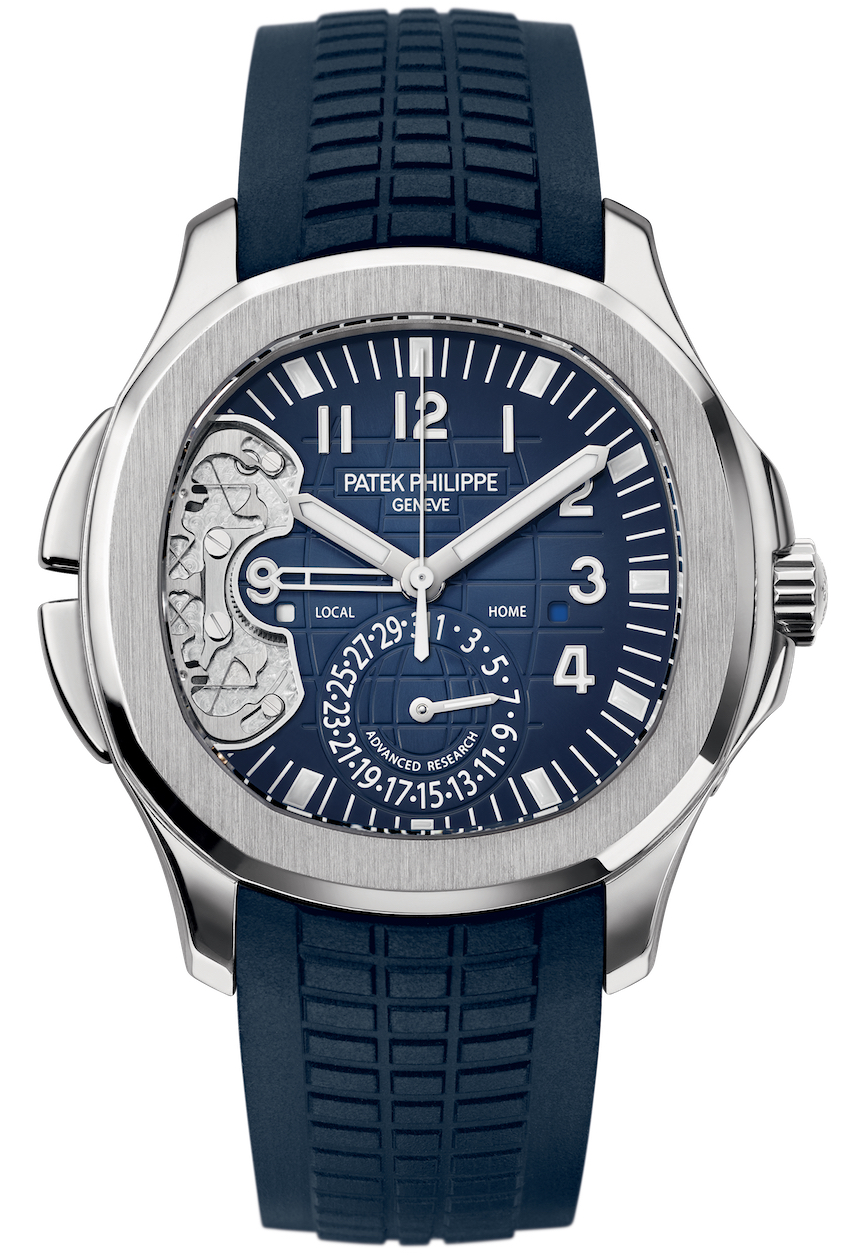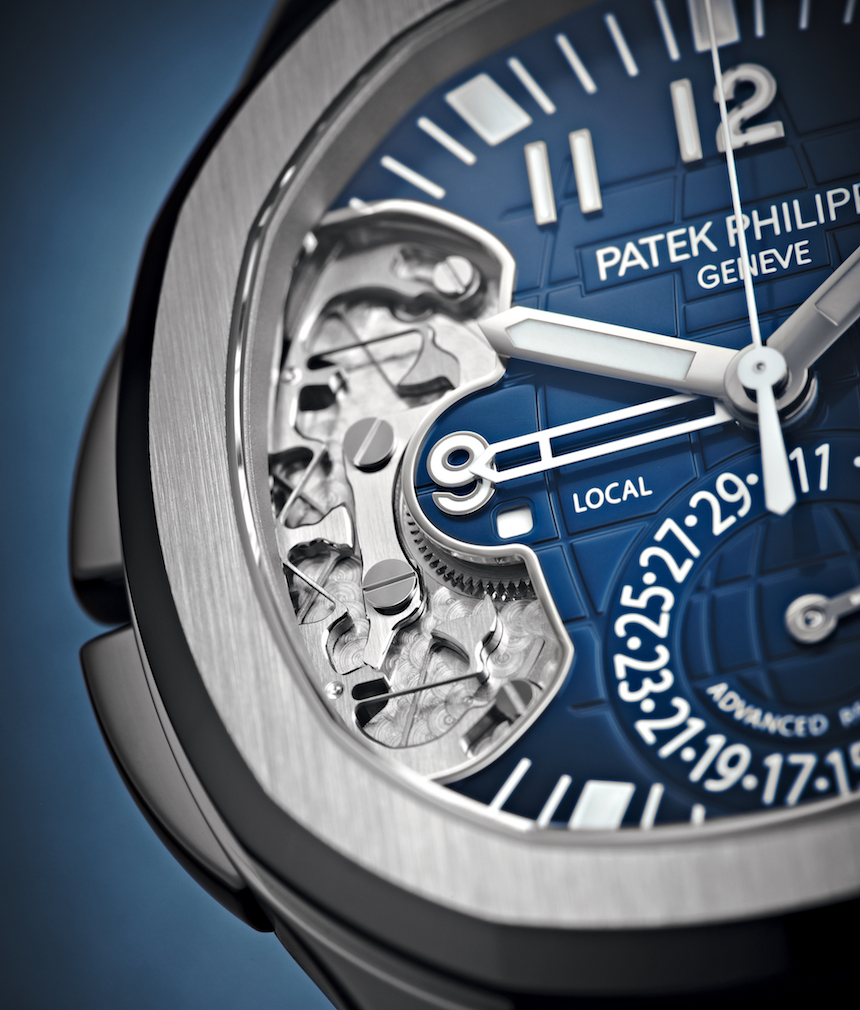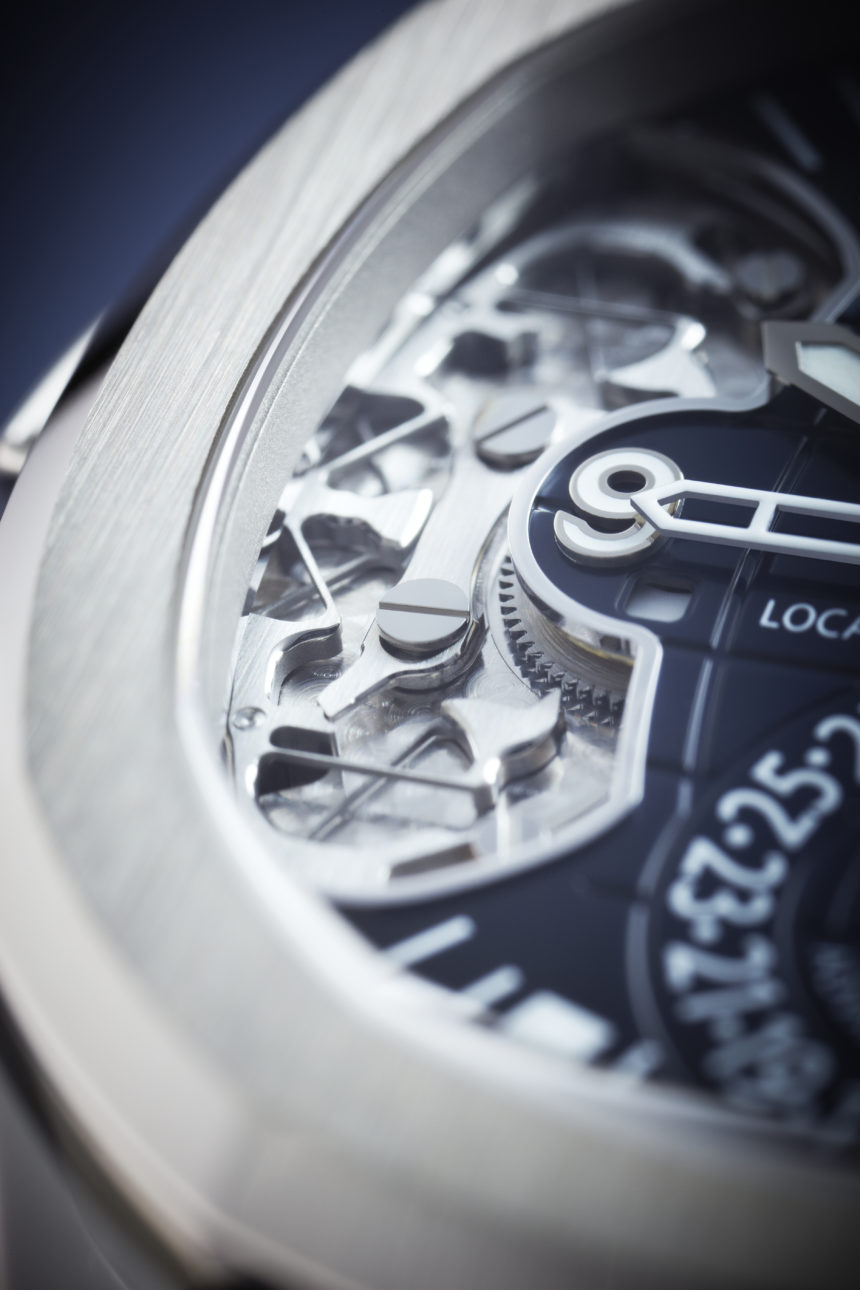When Patek Philippe launched the Advanced Research project in the early 2000s, it sought to bring the manufacture’s history of relentless innovation into the 21st century. A cutting-edge program that sought to enrich the traditional art of watch-making with new materials, new manufacturing technologies and new conceptual fundamentals, the Advanced Research program has most notably broken ground with the development of silicon components for use in watch-making. Today, we take a look at the Advanced Research program and Patek’s history of innovation, with an eye towards the brand new Patek Philippe Aquanaut Travel Time Ref. 5650G Advanced Research, unveiled at the recently concluded Baselworld 2017.
Research and innovation is nothing new to Patek Philippe. As one of the world’s oldest continually-running manufactures, Patek has combined its attention to traditional detail with some of the most decisive innovations for horology, such as the free mainspring with a slip bridle in 1863 as well as the Gyromax balance in 1949, the adjustable-mass balance wheel used in most contemporary Pateks today that allows for the elimination of a conventional regulator. The Advanced Research program can therefore be seen in the same vein, as a proactive step to maintain the technological relevance and competitive edge of Patek Philippe in the face of advancements in the 21st century.
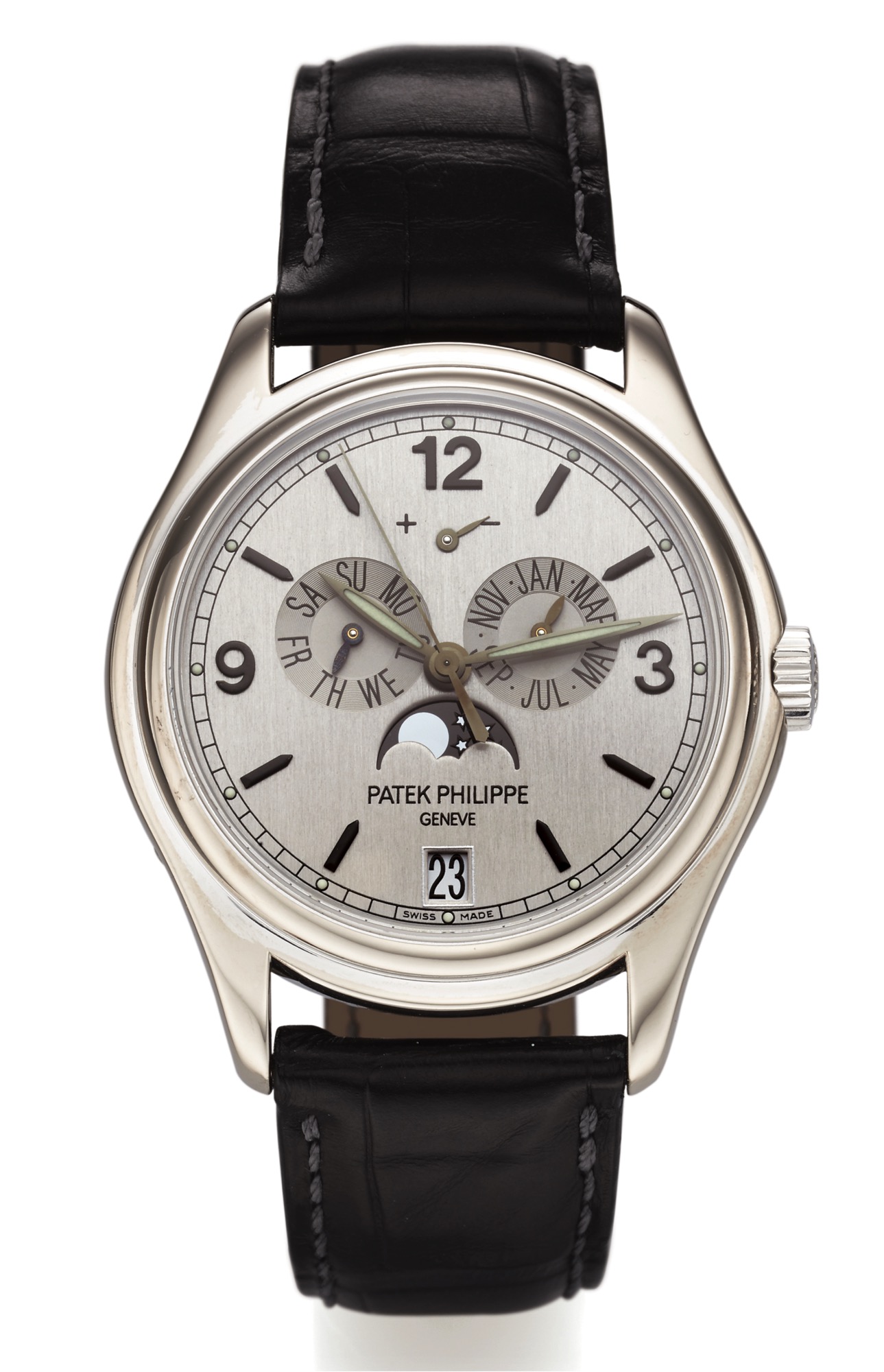
Since then, the Advanced Research group has continued its research into developing silicon parts, culminating in the 2011 ref. 5550 Perpetual Calendar in Platinum, a watch that featured the Oscillomax ensemble of a GyromaxSi balance wheel, a Spiromax balance spring and a Pulsomax escapement – all made of silicon.
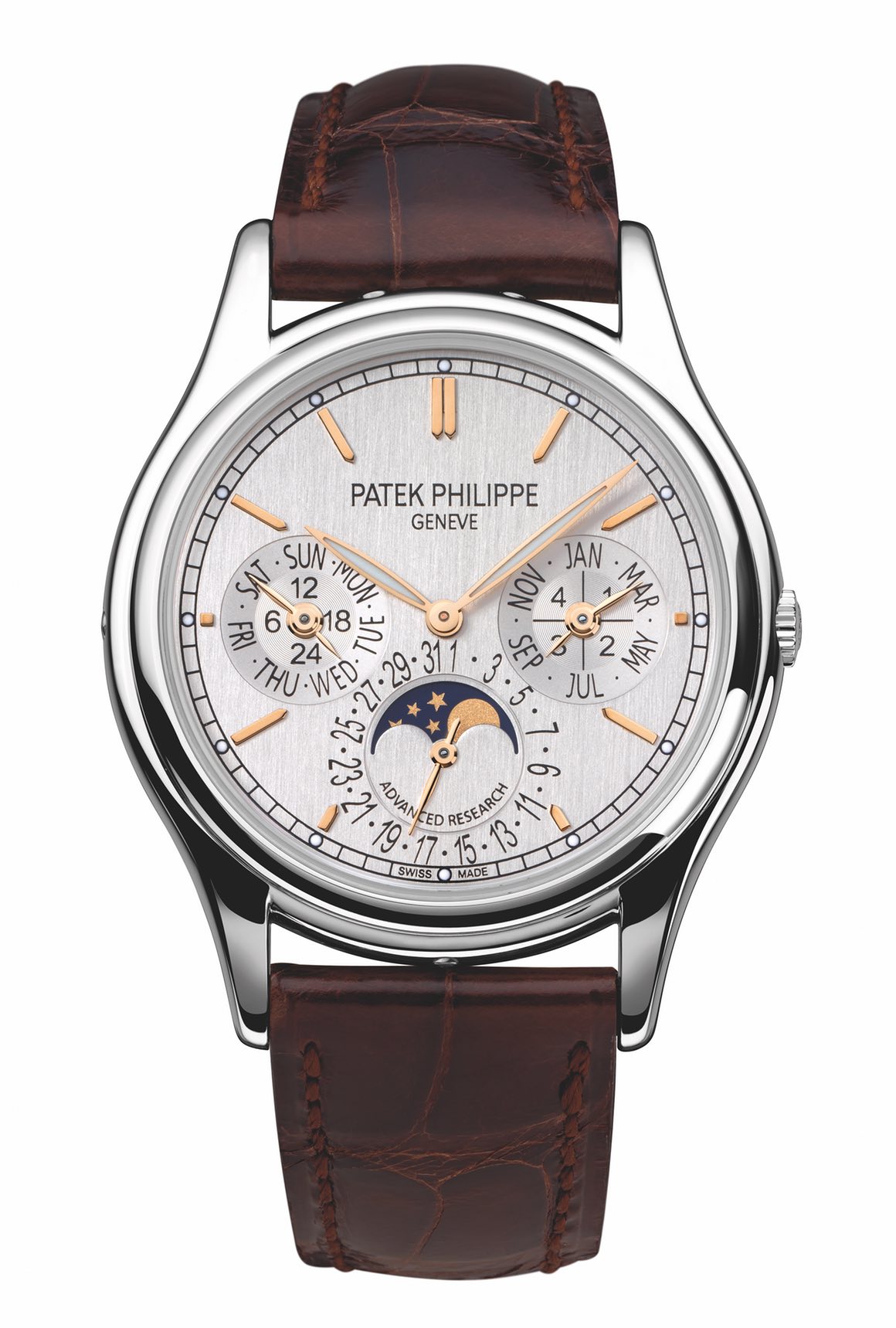
Six years later, the longest gap in time between any two Advanced Research timepieces, we see in Baselworld 2017 Patek taking the next bold step, going beyond developing silicon parts- and in a more bold aesthetic as well. Many things about the Aquanaut Travel Time Ref. 5650G Advanced Research sets it apart from the pack. Most obviously from the surface, it is the first Advanced Research watch not to come in a round case, and neither is it an annual or a perpetual calendar.
Beneath the surface is where it gets more exciting, and Patek have unveiled two key innovations in the 5650 Advanced Research, the first being a new Spiromax balance spring. Improving on its predecessor with a patented terminal curve and an inner boss, the new balance spring seeks to master the issue of isochronism by ensuring that the balance’s center of gravity is constantly aligned with that of the spring, improving the stability of the watch. The second innovation is concerned with the compliant mechanism in steel. The compliant mechanism, responsible for adjusting the GMT indication, presents several advantages over the usual GMT switching mechanism. It uses fewer parts, and removes the need for gears or pivots, eliminating the need for lubrication and improving the durability of the watch.
The 5650 Advanced Research is visually stunning, yet definitely divisive for individuals who do not understand the technology behind the mechanism and Patek’s decision to show it off, the 5650 Advanced Research is without a doubt a departure from the norm, both in terms of Patek’s traditional lineup as well as its previous work with the Advanced Research project. Yet, if we may include our humble opinion, it makes for one of the most interesting and unique watches from Patek in a while.
The 5650G Advanced Research is a limited edition of 500 pieces, priced at USD58,970 a piece.
Like this article? Read more from guest writer Thomas Soh here.
